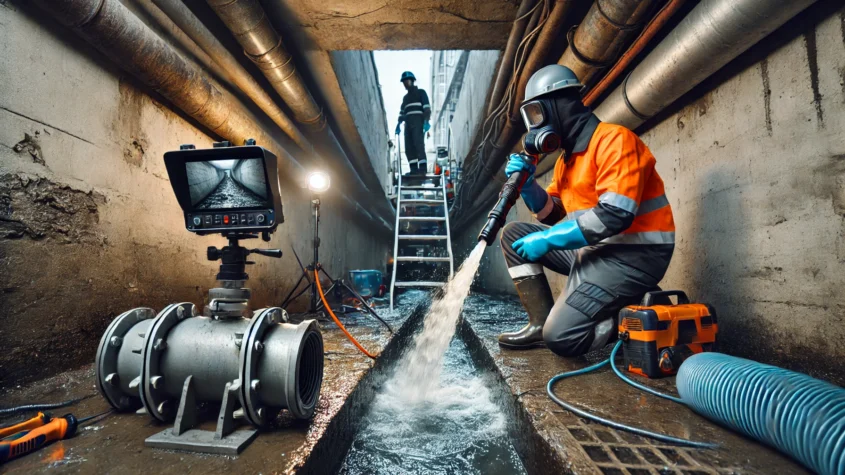
Drain issues can arise unexpectedly, leading to inconvenience and potential damage. Timely drain repair is essential for preventing further complications, such as unpleasant odors, backflow, or even structural damage to the home. Knowing when to address these problems can save homeowners both time and money.
Various signs indicate the need for drain repair, including slow drainage, gurgling sounds, or water pooling around drains. Identifying these warning signals early allows for prompt action and often simplifies the repair process. Professional solutions are available, which can effectively restore proper function and extend the lifespan of the plumbing system.
Understanding the methods used in drain repair can empower property owners to make informed decisions. Modern techniques, such as trenchless repair, offer convenient options that minimize disruption. With this knowledge, they can tackle drain issues efficiently and maintain a healthy plumbing system.
Understanding Drain Repair
Drain repair involves identifying and addressing issues that affect drainage systems. Recognizing the common causes of drain problems can help in timely intervention, while understanding different types of drainage systems is essential for effective repair.
Common Causes of Drain Problems
Several factors contribute to drain problems. Clogs are prevalent due to debris, grease buildup, or tree roots invading pipes. Regular maintenance can help mitigate these issues.
Pipe damage often arises from corrosion or ground shifts, leading to leaks. This can escalate repair costs if not addressed quickly. Roots from nearby plants can infiltrate drainage systems, causing blockages and structural damage.
Improper installation is another critical cause. If a drain system is installed at the wrong angle or depth, it can lead to inadequate flow and frequent back-ups.
Types of Drainage Systems
Understanding the types of drainage systems can guide repair attempts and maintenance. French drains are designed to redirect surface water away from a home, using perforated pipes. They are essential for preventing water pooling.
Stormwater drains manage rainwater runoff, preventing flooding in urban areas. They must be regularly inspected to ensure they function correctly.
Sewer systems handle waste and require meticulous care. Blockages in sewer lines can lead to serious health hazards. Regular inspections help identify potential problems.
Trench drains are linear drainage solutions effective for managing surface water on driveways and walkways. Maintenance involves clearing debris to ensure efficient drainage.
Executing Repair Procedures
Effective drain repair requires careful assessment of damage, appropriate repair techniques, and diligent maintenance afterward. Each step is vital for restoring functionality and preventing future issues.
Assessing the Drain Damage
Before undertaking repairs, it is essential to evaluate the extent of the damage. This assessment involves inspecting visible areas for cracks, leaks, or blockages. Tools like a pipe inspection camera can provide a clear view of the internal condition of the drain.
Key signs of damage may include:
- Water pooling: Indicates potential blockages or breaks.
- Unpleasant odors: Often a result of stagnant water.
- Slow drainage: Suggests clogs or debris buildup.
Once assessed, the specific repair needs will dictate the next steps in the repair process.
Repair Techniques
Various techniques can be employed depending on the type of damage identified. Common methods include:
- Pipe relining: A trenchless option that involves inserting a new lining inside the damaged pipe, sealing leaks from the inside.
- Spot repairs: Targeted fixes for small cracks or joint breaks, using epoxy or pipe sealant.
- Drain cleaning: Utilizing augers, snakes, or hydro-jetting to remove blockages.
Each method has its advantages and should be chosen based on the scope of the damage and accessibility of the affected area.
Maintenance Post-Repair
After performing repairs, ongoing maintenance is crucial for ensuring the drain system remains functional. Regular inspections can help catch potential issues early.
Practical maintenance tips include:
- Routine cleaning: Remove debris from drain surfaces monthly.
- Using enzyme-based cleaners: Helps break down organic matter without harsh chemicals.
He or she should also keep an eye on changes in drainage patterns to identify problems before they escalate.
Recycling Drop Off Locations: Find Convenient Sites for Sustainable Waste Disposal
Finding convenient recycling dropoff locations can greatly simplify the process of sustain…










